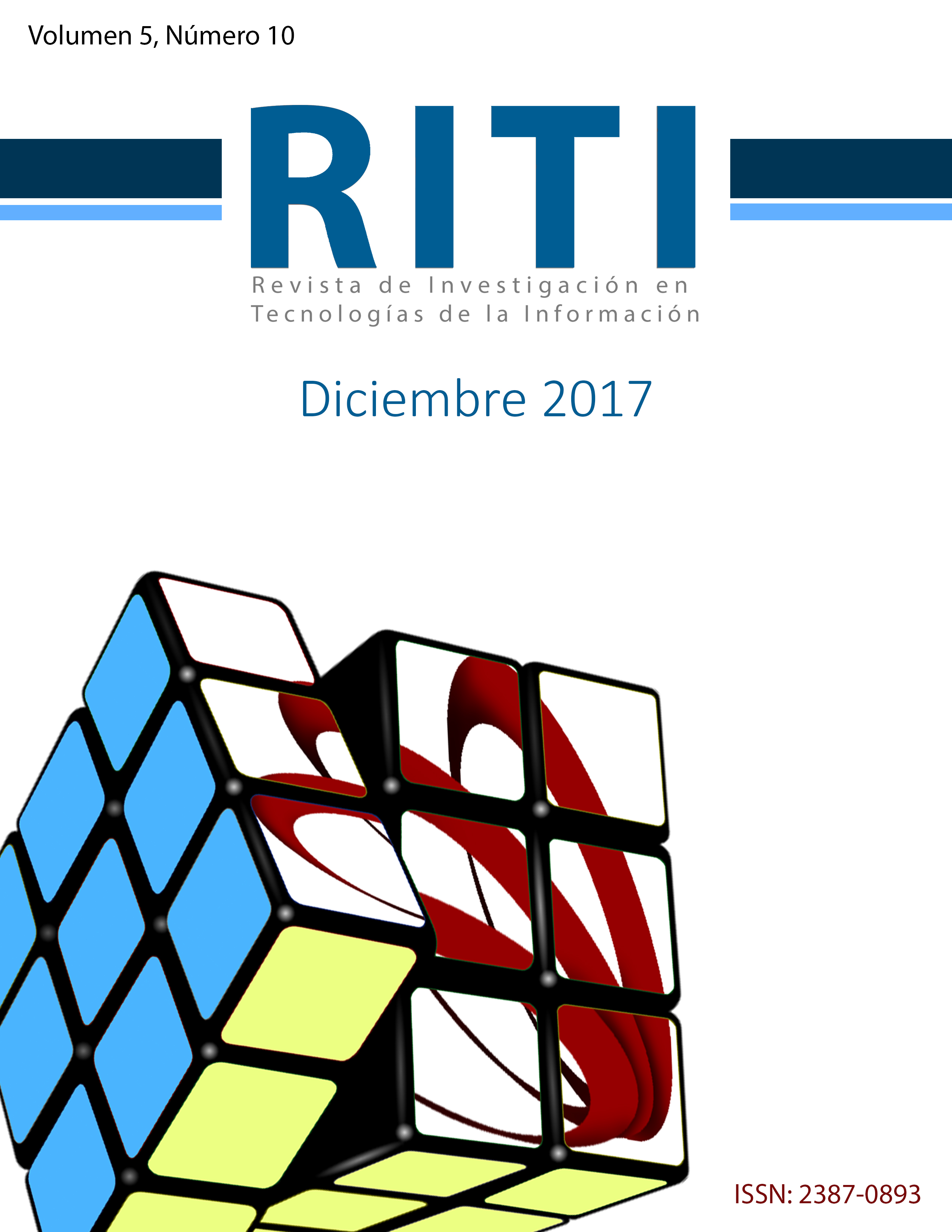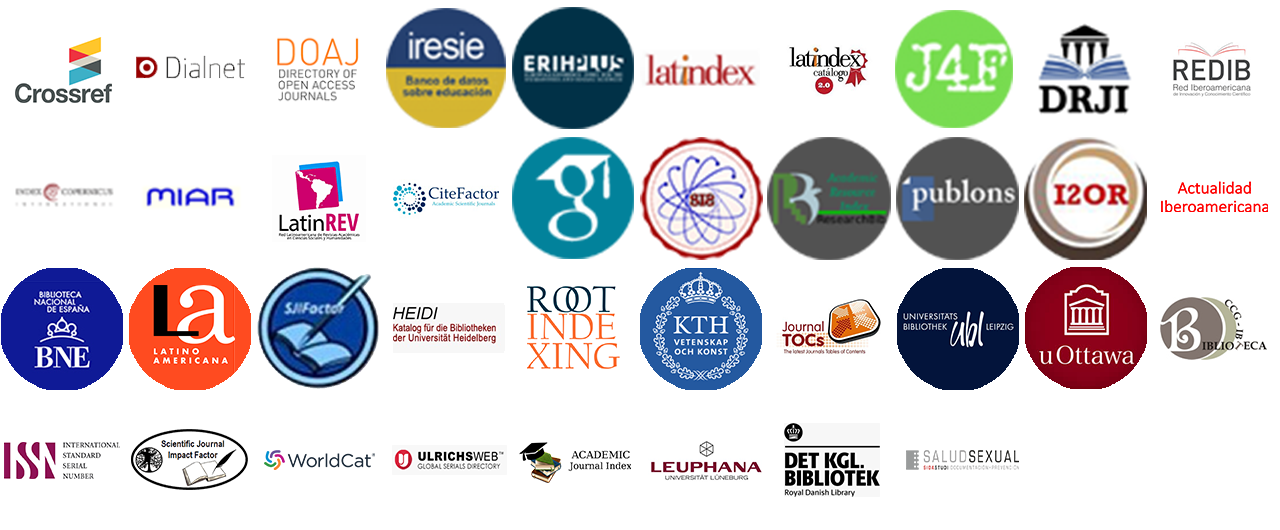SEXTING, DRUG USE AND SEXUAL RISK IN ADOLESCENTS A SYSTEMATIC REVIEW
DOI:
https://doi.org/10.36825/RITI.05.10.009Keywords:
Sexting, Sexual Behavior, Drugs, AdolescentsAbstract
The advancement of technology and the acceleration of time offers adolescents new spaces and new forms of social dynamics, leading to social networks becoming an important role. This new trend of conversations, as well as the natural desire to explore sexuality has led teens to become interested in a new phenomenon known as sexting. The objective of the present review is to analyze the available information on sexting and its relationship with the use of drugs and sexual risk behavior. We found 11 articles that addressed the practice of sexting, drug use and sexual behavior in adolescents and young people. Studies showed that the practice of sexting is increased by consuming some type of drug such as alcohol, marijuana, or other substances, as well as, engaging in risky sexual behaviors such as anal, vaginal, or oral sex without protection.
References
Farjado, M.; Gordilo, M.; Regalado, A. Sexting: Nuevos usos de la Technologia y la Sexualidad en Adolescentes. International Journal of Development and Educational Psychology. 1(2013), pp. 521-534.
Mercado, C.; Pedraza, F.; Martínez, K. Sexting: Su definición, factores de riesgo y consecuencias. Revista Sobre la Infancia y adolescencia 10(2016), pp. 1-10.
Ybarra, M.; Mitchell, K. Sexting and its relation to sexual activity and sexual risk behavior in a national survey of adolescents. Journal of adolescent health. 55, 6(2014), pp. 757-764.
Almansa, A.; Fonseca O.; Castillo A. Redes sociales y jóvenes. Uso de Facebook en la juventud colombiana y española. Comunicar Revista Científica de Educomunicación, 20, 40(2013), pp. 127-135.
Cooper, K.; Quayle, E.; Jonsson, L.; Svedin, C. Adolescents and self-taken sexual images: A review of the literature. Computers in Human Behavior, 55(2016), pp. 706–716.
Benotch, E.; Snipes, D.; Martin, A.; Bull, S. Sexting, Substance Use, and Sexual Risk Behavior in Young Adults. J. Adolesc. Health. 52, 3(2013), pp. 307-313.
Gamez, M.; de Santisteban, P.; Resett, S. Sexting among spanish adolescents: Prevalence and presonality profiles. Psicothema 19, 1(2017), pp. 29-34.
Organización Mundial de la Salud (OMS) Infecciones de Transmisión Sexual. URL:www.who.int/mediacentre/factsheet. (15.10.2016).
Olatunde, O.; Balogun, F. Sexting: Prevalence, Predictors, and Associated Sexual Risk Behaviors Among Postsecondary School young people in Ibadan, Nigeria. Frontiers in Public Health 5(2017), pp. 916.
Davis, M.; Powell, A.; Gordon, D. Kershaw I want your sext: Sexting and sexual behavior emerging in Adult Minority Men. AIDS Education and prevention 28, 2(2016), pp.138-152.
Temple, J.; Le, V.; Berg, P.; Ling, Y.; Paul, J.; Temple, B. Brief Report: Teen Sexting and Psycho-Social Health. Journal of Adolescent Health. 37, 1(2014), pp. 33-36
Cooper, H. Research synthesis and meta-analysis: a step-by-step approach. 4th ed. California: Kinight, 2007.
Fergunson, C. Sexting behaviours among young hispanic women: Incidence and Association with Other High-risk Sexual Behaviors. Psychiatric Quarterly, 82, 3(2011), pp. 239-243.
Gordon-Messer, D.; Bauermeister, J. A.; Grodzinski, A.; Zimmerman, M. Sexting among young adults. Journal of Adolescent Health, 52, 3(2013), pp. 301-306.
Houck, C.; Barker, D.; Rizzo, C.; Hancock, E.; Norton, A.; Brown, L. Sexting and Sexting Bahavior in At-Risk Adolescents. Pediatrics 133, 2(2013), pp. 276-282.
Sevcikova, A. Girls and Boys Experience With Teen Sexting in Early and Late Adolescence. Journal of Adolescent Health. 51 (2016), pp. 156-62.
Rice, E.; Gibbs, J.; Winetrobe, H.; Rhoades, H.; Plant, A.; Montoya, J.; Kordic, T. Sexting and sexual behaviors among middle school students. Pediatrics 134, 1(2014), pp. 21-28.
Downloads
Published
How to Cite
Issue
Section
License
Copyright (c) 2017 Revista de Investigación en Tecnologías de la Información

This work is licensed under a Creative Commons Attribution-NonCommercial 4.0 International License.
Esta revista proporciona un acceso abierto a su contenido, basado en el principio de que ofrecer al público un acceso libre a las investigaciones ayuda a un mayor intercambio global del conocimiento.
El texto publicado en la Revista de Investigación en Tecnologías de la Información (RITI) se distribuye bajo la licencia Creative Commons (CC BY-NC
 ), que permite a terceros utilizar lo publicado citando a los autores del trabajo y a RITI, pero sin hacer uso del material con propósitos comerciales.
), que permite a terceros utilizar lo publicado citando a los autores del trabajo y a RITI, pero sin hacer uso del material con propósitos comerciales.



